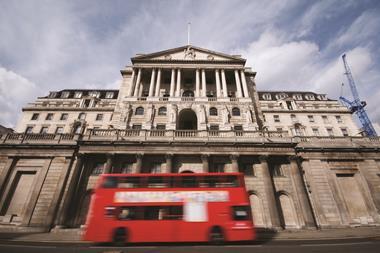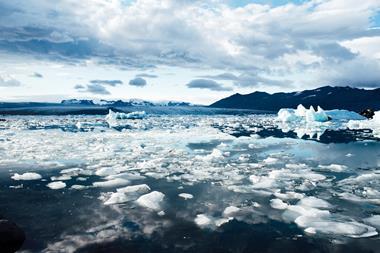In brief: Schroders has integrated climate change into its global investment returns forecasts for the next 30 years, the UK-listed asset manager announced today.
Releasing research on the move, it said it had developed a three-stage process for quantifying the likely impact of climate on long-term returns.
The steps encompass:
- quantifying how output per capita will change as temperatures rise (“physical costs”);
- the economic impact of the steps taken to mitigate temperature increases (transition costs); and
- understanding the potential costs of stranded energy assets.
Schroders has historically produced 30-year return forecasts across equity and fixed income markets on an annual basis, but until now these had never made any “explicit adjustments for the physical and transition costs” associated with global warming, the asset manager said.
Craig Botham, emerging markets economist at Schroders and lead author of its research report, said the three-stage framework was “just the beginning of our journey into better quantification of the opportunities and risks that may evolve over the longer term”.
“When we look beyond 30 years, the path of temperatures will depend on the actions taken before then.”
Citing figures from the Intergovernmental Panel on Climate Change, he said that without mitigation efforts, temperatures would rise by four degrees by 2100, “bringing negative consequences for all”.
In its research, Schroders said that its finding of higher returns for the next 30 years for some countries – colder jurisdictions such as Canada and Switzerland, for example – “should not be read as an endorsement of standing still on climate policy”.
Entitled ‘Climate change and financial markets’, Schroders’ research paper can be found here.










No comments yet